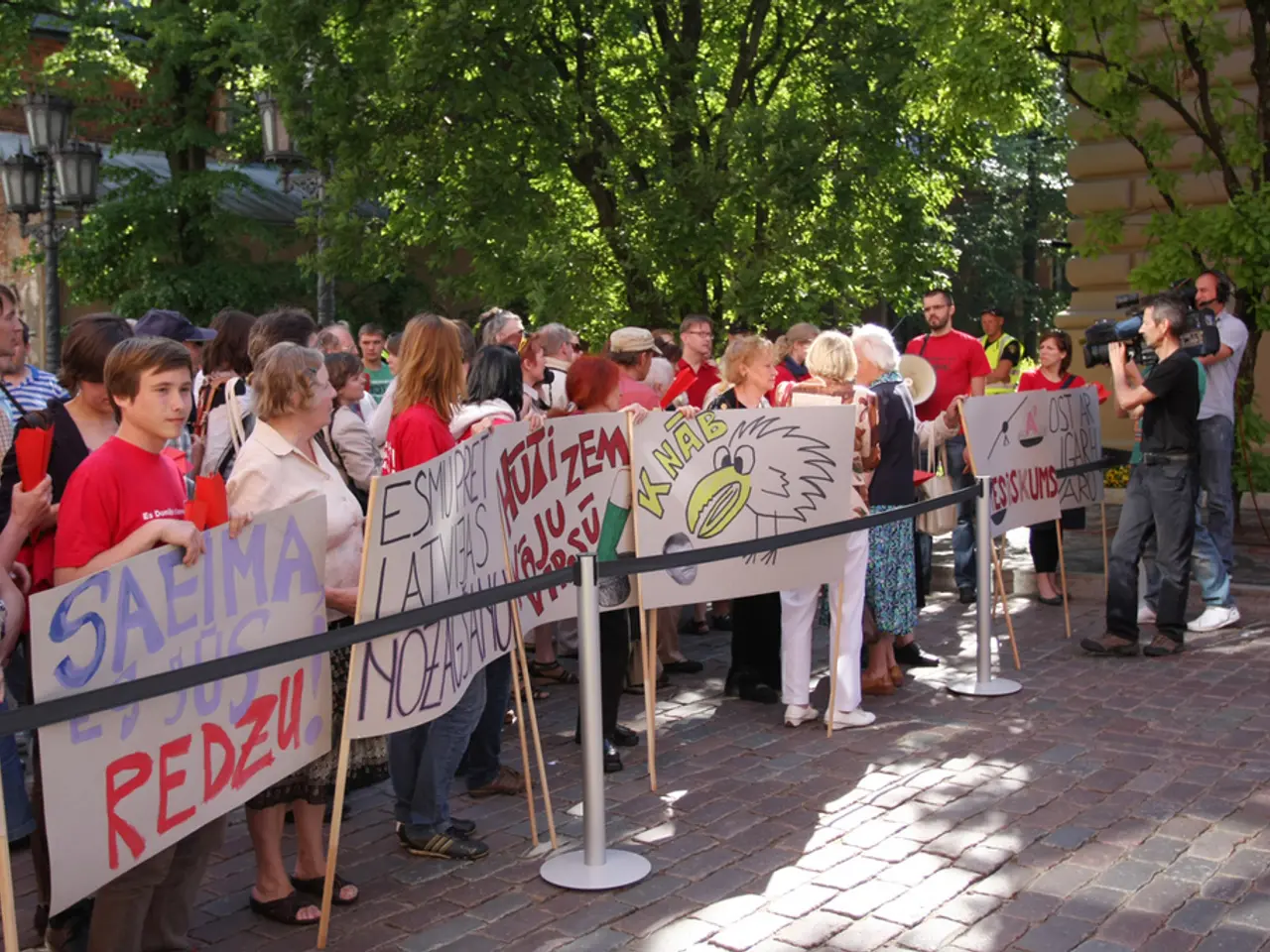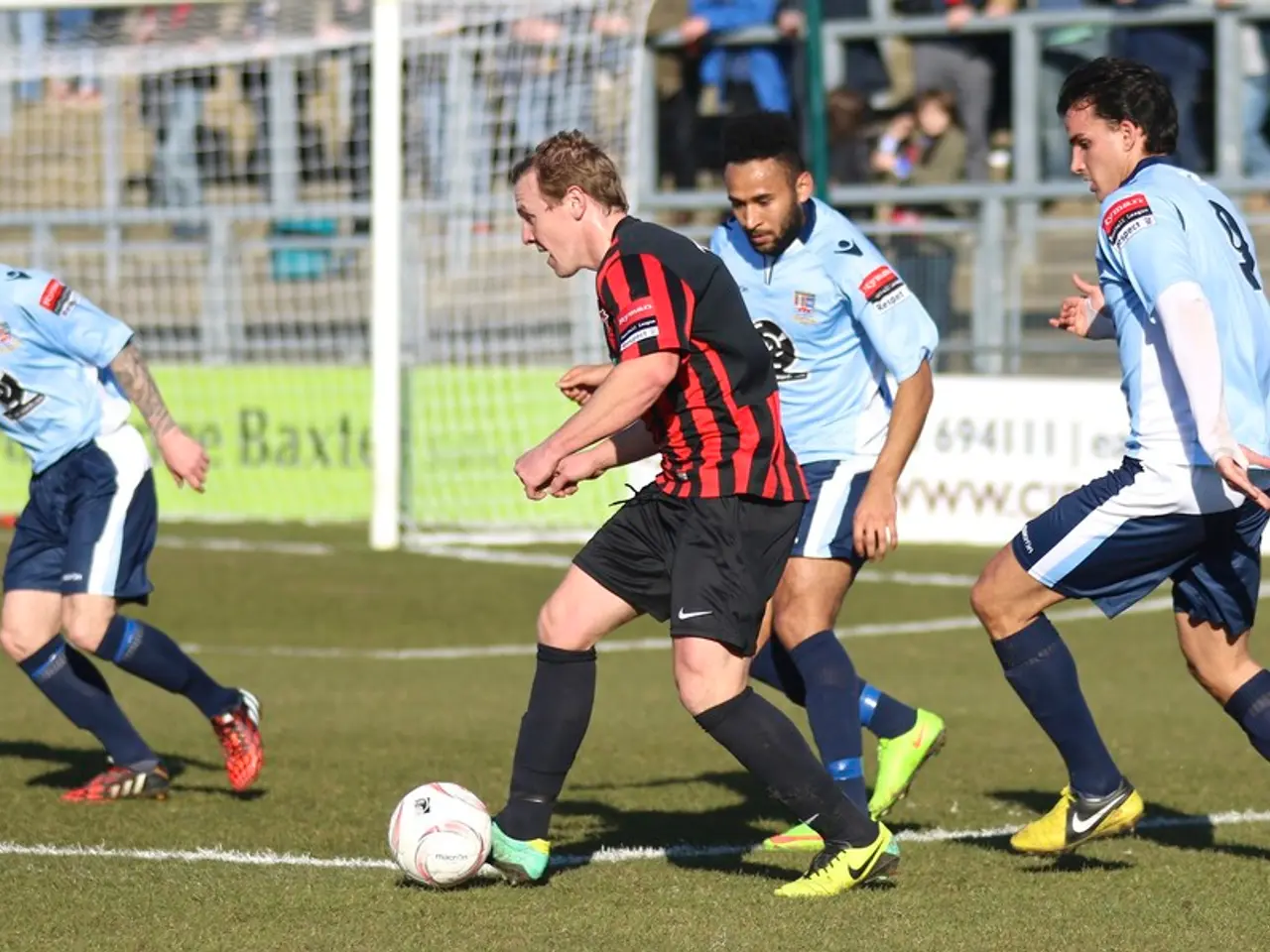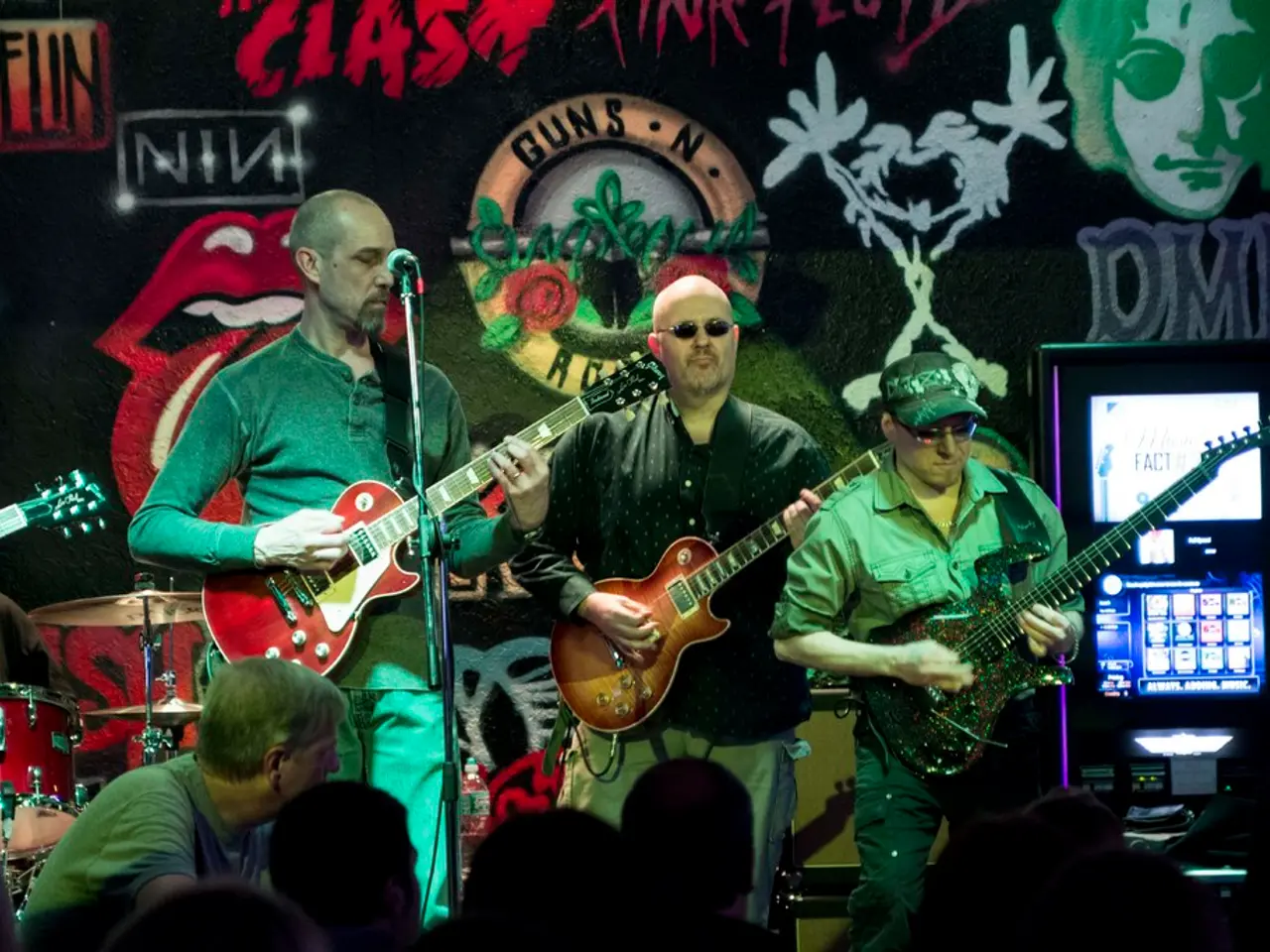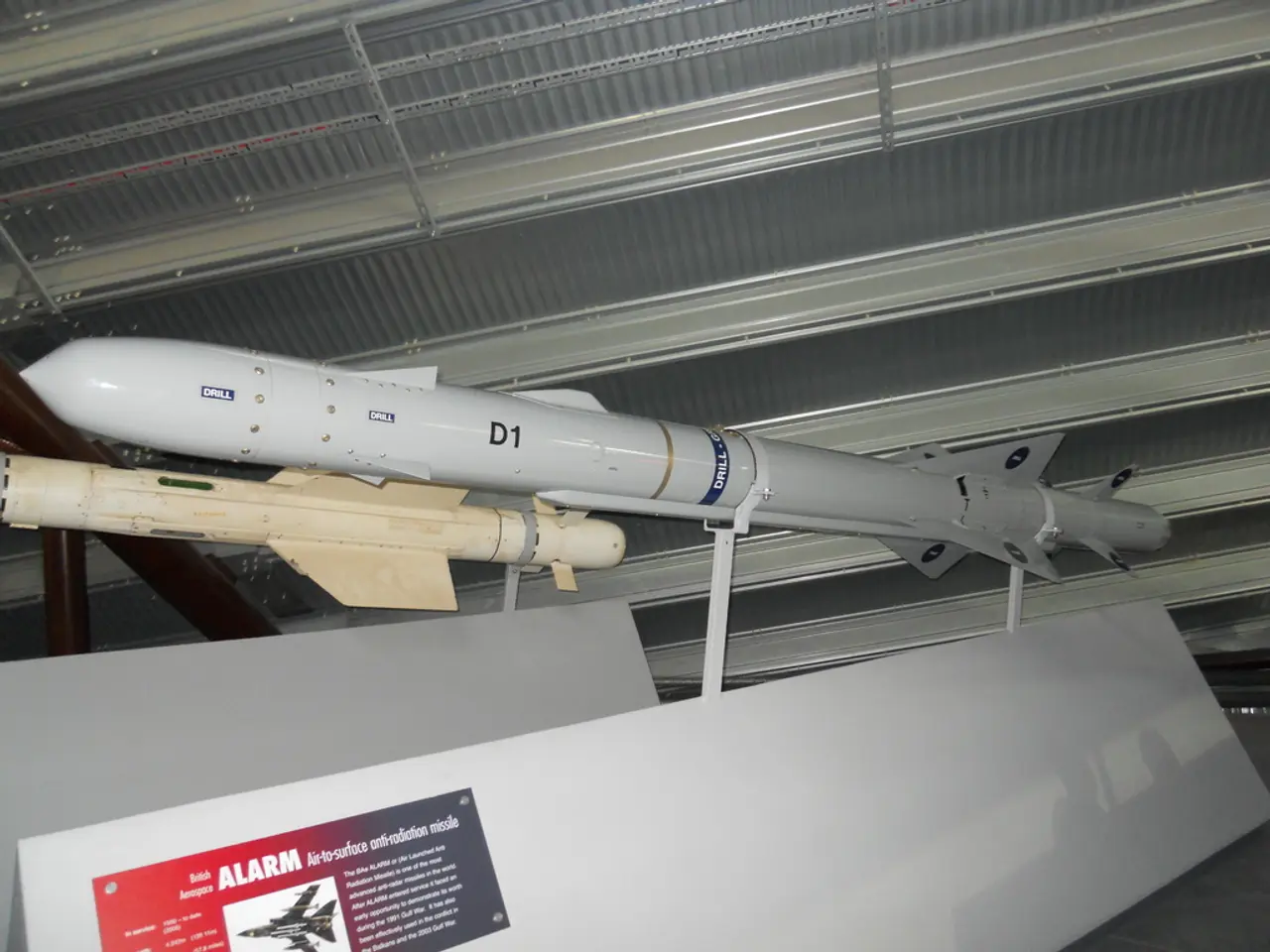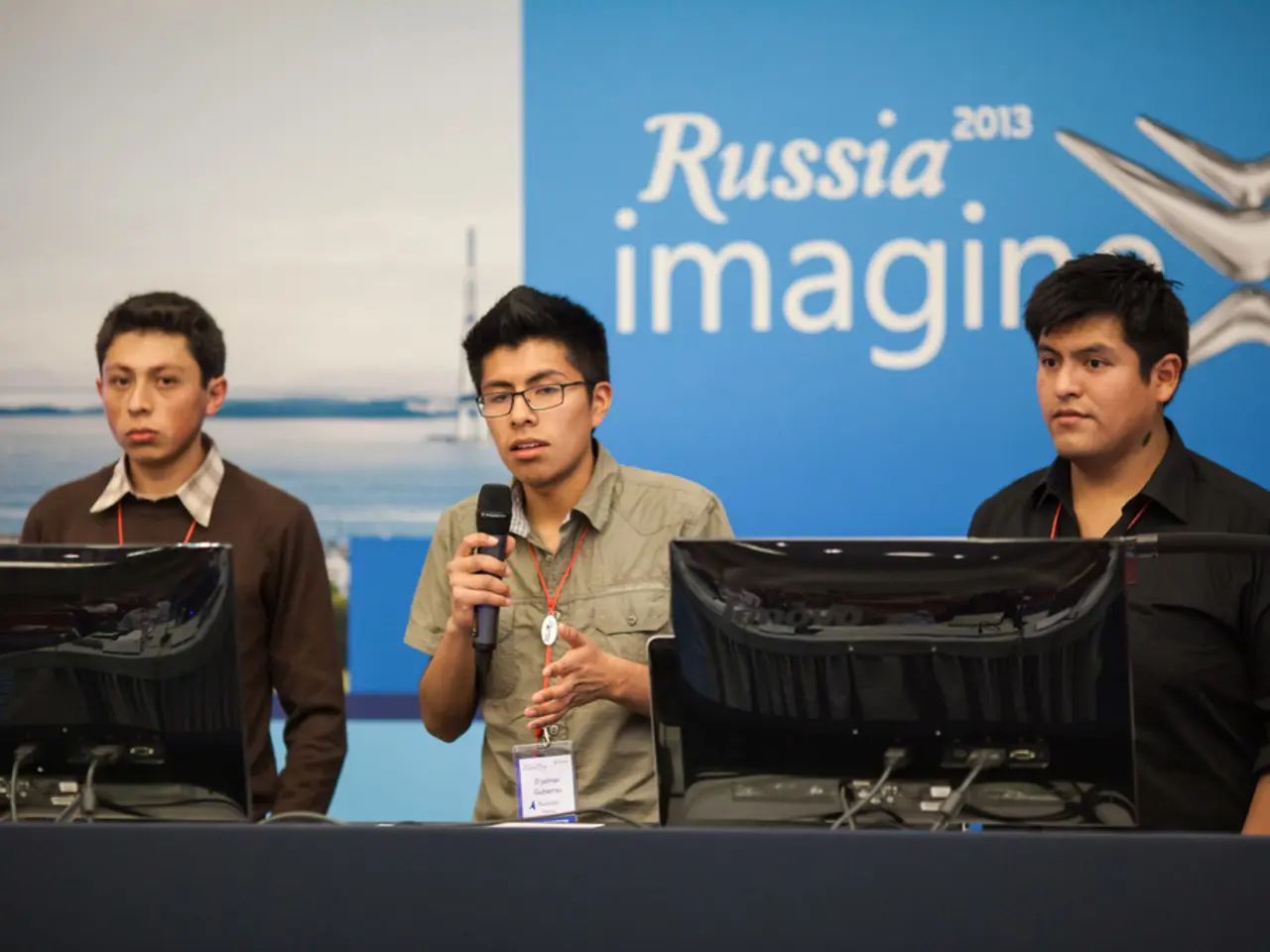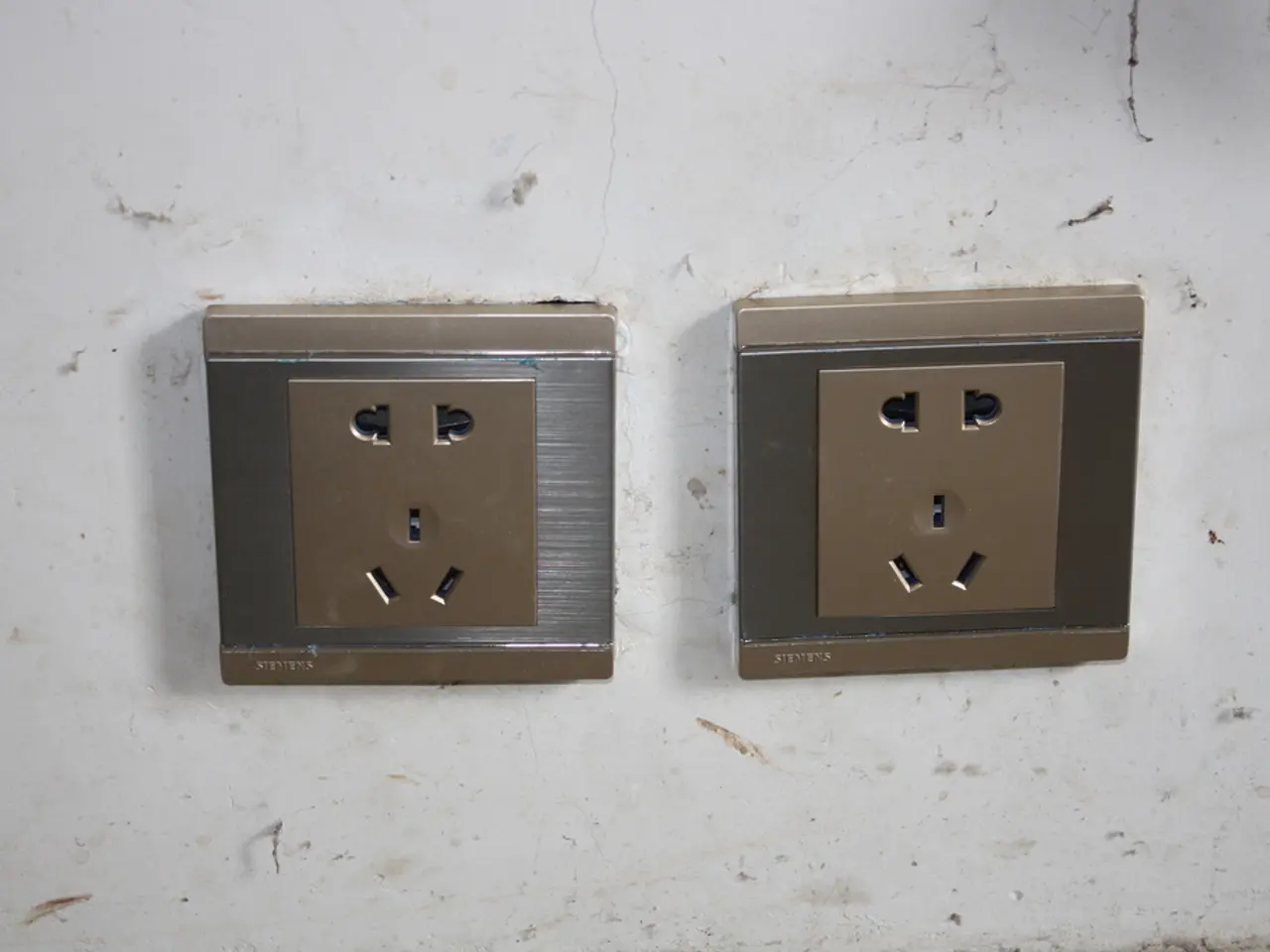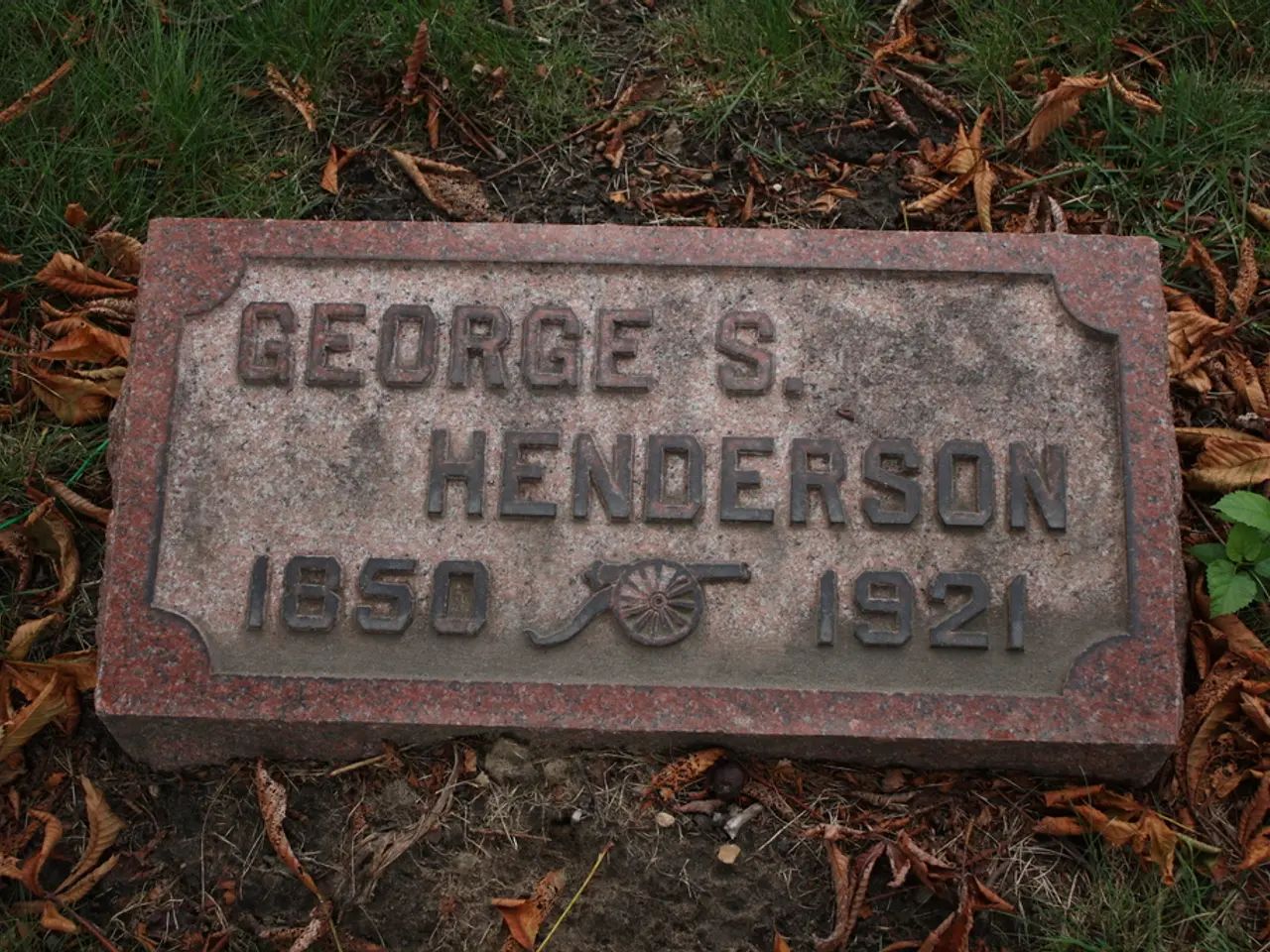Office shooting at fortified NYC office building sparks debate over further security measures
In the tragic shooting at 345 Park Avenue in New York City, which claimed the life of officer Didarul Islam and several others, employees' quick thinking and the application of security strategies proved crucial.
The shooter, Shane Tamura, entered the building wearing sunglasses and carrying an M4 assault-style rifle. Upon entering the lobby, he fatally shot uniformed NYPD officer Didarul Islam in the back, before proceeding up the elevator to the 33rd floor.
As the shooting unfolded, employees took action to protect themselves. Some stacked furniture against their office entryways to create barricades, while others, like Jessica Chen, ran into conference rooms and barricaded the doors.
The response of employees inside the building during the shooting was crucial, following the "run, hide, fight" strategy. Aland Etienne, a building guard, was fatally shot by the shooter as he tried to set off an alarm that would deactivate the elevators.
Security experts refer to physical security efforts using the "Four Ds": Deter, detect, delay, and detain. In light of recent mass shootings, they suggest a combination of advanced technology, physical access controls, employee training, and risk assessments to strengthen office building security.
Use of advanced technology includes deploying improved metal detectors (including infrared types) and AI-powered camera systems to detect weapons or suspicious behavior before threats enter the building. Layered physical security measures, such as multiple access control points like turnstiles or locked doors requiring permission to enter, visitor management systems, and enhanced lighting in common areas, also play a vital role.
Comprehensive risk assessments are essential to identify security gaps in each office environment, ensuring resources are invested wisely and critical vulnerabilities such as unlocked doors are addressed. Employee training and preparedness are equally important, with staff being educated on safety protocols, including the Department of Homeland Security's "Run, Hide, Fight" framework adapted to the specific office layout.
Basic but effective measures, such as locking doors, are also emphasized, as security is an ongoing process that must be regularly reviewed and updated. Together, these approaches create a multi-layered security framework that combines technology, human awareness, and physical safeguards to reduce risks and improve response capability during violent incidents in office settings.
It's worth noting that many employees in the building were young and had received active shooter training in elementary school. The shooting on the 33rd floor had a safe room designed for protection from attacks, but its effectiveness remains unclear.
In conclusion, the tragic event at 345 Park Avenue serves as a stark reminder of the importance of office building security. By implementing a multi-layered security framework, we can strive to create safer work environments for all.
[1]: Source for advanced technology and physical access controls [2]: Source for comprehensive risk assessments [3]: Source for employee training and preparedness [4]: Source for basic but effective measures
- Despite the tragic crime-and-justice incident at 345 Park Avenue, the quick responses of employees, following the "run, hide, fight" strategy, were instrumental in the situation.
- To strengthen office building security, security experts recommend a combination of advanced technology for detection, physical access controls, employee training, and comprehensive risk assessments, as outlined in sources [1], [2], [3], and [4].
